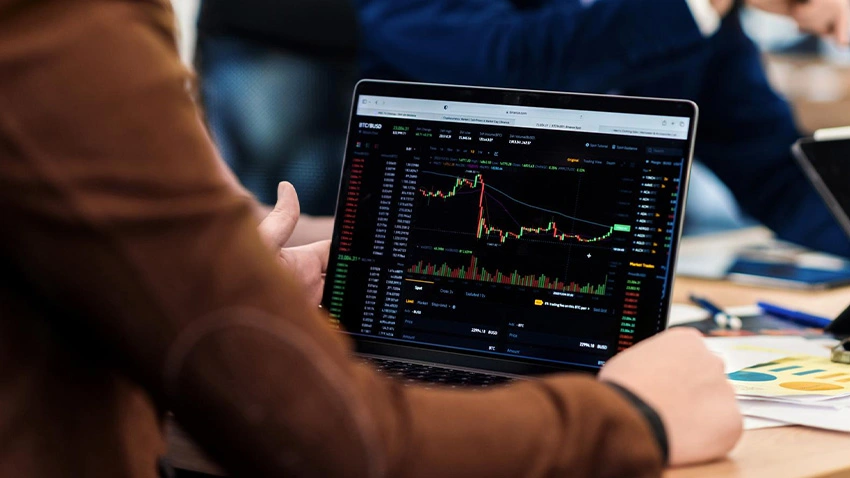Proprietary trading, typically referred to as prop trading, requires firms or individual traders employing their own capital to deal economic tools such as stocks, possibilities, futures, currencies, and commodities. Unlike conventional trading where brokers execute trades on behalf of customers, prop traders perform with the firm's possess resources, looking to create profits through many different advanced techniques and techniques.

At its core , prop trading is approximately leveraging expertise, technology, and industry insights to identify and capitalize on short-term cost movements and inefficiencies. The strategies applied in prop trading are diverse, ranging from high-frequency trading to more essential, discretionary approaches.
One commonly used approach is quantitative trading, wherever traders develop mathematical versions and calculations to detect designs and estimate industry movements. These designs may analyze vast levels of historic and real-time data to perform trades at rates and wavelengths beyond human capabilities. By automating deal performance, quantitative prop traders seek to exploit little price differences across areas or tools, frequently holding positions for mere moments or minutes.
Another popular approach is discretionary trading, which relies heavily on the trader's judgment and industry experience. Discretionary traders mix technical analysis tools— such as information habits, size traits, and traction indicators— with basic insights, including economic reports and corporate earnings, to make informed decisions. This strategy demands powerful industry instinct and the ability to quickly adapt to adjusting conditions.
Industry creating is also a key process used by some brace traders. This involves continuously quoting buy and sell prices to supply liquidity in unique securities, profiting from the bid-ask spread. By facilitating easier transactions and reducing price volatility, market makers earn consistent, although usually smaller, returns.
Risk management is vital in prop trading, regardless of strategy. Successful firms and traders apply rigid regulates on place sizes, stop-loss orders, and account diversification to protect money from undesirable moves. The capacity to manage risk effortlessly divides profitable prop traders from people who incur substantial losses.

To sum up, prop trading thrives on a mixture of sophisticated engineering, sharp analytic skills, and disciplined risk management. Whether through algorithmic models or discretionary judgment, prop traders continuously seek to use market opportunities, contributing both with their own profitability and the general market liquidity.
